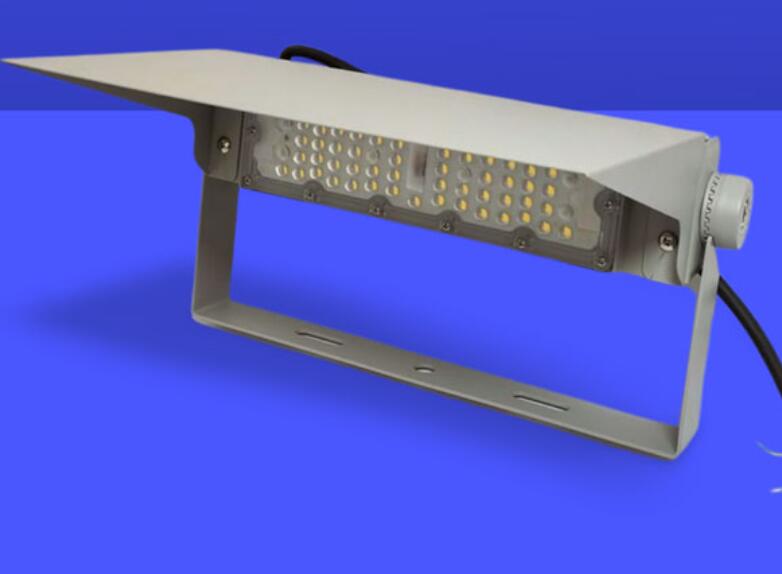Helipad Flood Lights: The Critical Safety System for Nighttime Aviation Operations
Helicopter operations don’t stop when the sun sets—emergency medical services, law enforcement, and offshore transport require reliable nighttime landing capabilities. Helipad flood lights play a crucial role in ensuring safe takeoffs and landings in low-visibility conditions. These high-intensity lighting systems provide the illumination needed for pilots to identify landing zones, assess obstacles, and execute precision maneuvers after dark.
Why Helipad Flood Lights Are Essential for Aviation Safety
Enhanced Visibility
Illuminate the entire landing area for pilots

Define helipad boundaries and approach paths
Reduce the risk of misalignment during landings
| helipad flood lights |
Regulatory Compliance
Meet FAA (Federal Aviation Administration) and ICAO (International Civil Aviation Organization) standards
Ensure proper light intensity and color for aviation use
Required for certified helipads in hospitals, offshore platforms, and urban rooftops
| helipad flood light |
All-Weather Reliability
Designed to function in rain, fog, and snow
Resistant to vibration and wind loads
Built to withstand extreme temperatures
Key Components of Modern Helipad Flood Lights
1. High-Intensity LED Arrays
Energy-efficient, long-lasting illumination (50,000+ hours)
Adjustable brightness (5,000 to 100,000 lumens)
FAA-compliant white or green lighting
2. Durable Housing & Optics
Aircraft-grade aluminum or stainless steel construction
IP66 or higher waterproof and dustproof rating
Shatterproof polycarbonate lenses
3. Advanced Control Systems
Remote activation via radio or motion sensors
Automatic dimming to avoid pilot glare
Fail-safe power redundancy (battery/solar backup)
Types of Helipad Flood Lights
1. Perimeter Lighting
Outlines the helipad edges with steady or flashing lights
Ensures pilots can distinguish the landing zone
2. Approach Path Lighting
Guides pilots during final descent
Often angled to prevent glare
3. Obstruction Lighting
Marks nearby hazards (antennas, buildings, etc.)
Red or white strobes for high visibility
4. Solar-Powered Systems
Ideal for remote or offshore helipads
Eliminate the need for grid power
Installation & Maintenance Best Practices
1. Optimal Positioning
Evenly spaced to prevent dark spots
Angled to minimize glare for pilots
Securely mounted to withstand rotor wash
2. Routine Inspections
Monthly cleaning of lenses and solar panels (if applicable)
Quarterly electrical system checks
Annual structural integrity assessment
3. Emergency Backup Testing
Verify battery/solar backup functionality
Ensure failover systems activate during power loss
Emerging Innovations in Helipad Lighting
Smart Adaptive Lighting – Automatically adjusts brightness based on ambient conditions
Wireless Synchronization – Allows centralized control of multiple helipads
Low-Glare Optics – Reduces pilot eye strain without compromising visibility
Integrated Wind Sensors – Adjusts lighting angle in high winds
Conclusion: A Bright Future for Nighttime Helicopter Operations
Helipad flood lights are more than just illumination—they are a critical safety feature that enables 24/7 helicopter operations. Whether for emergency medical landings, offshore oil rigs, or urban rooftops, these lighting systems ensure pilots can safely navigate and land in darkness or adverse weather.
As technology advances, helipad flood lights will become even more efficient, durable, and intelligent, further enhancing aviation safety. For hospital administrators, offshore operators, and aviation authorities, investing in high-quality helipad lighting isn’t just a regulatory requirement—it’s a commitment to saving lives and enabling uninterrupted operations, day or night.
